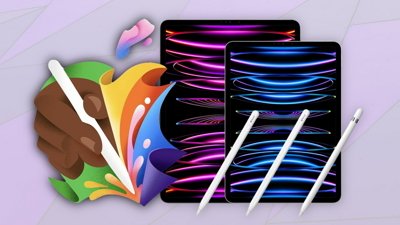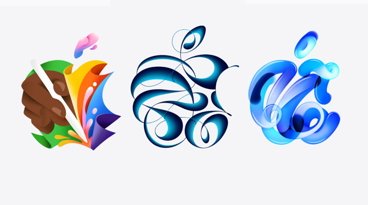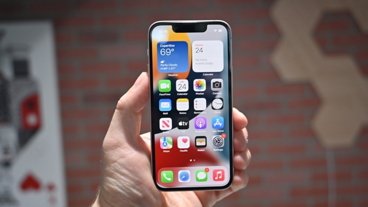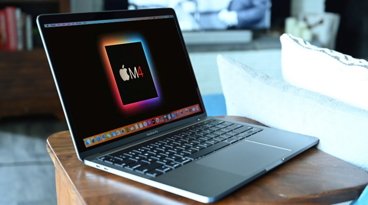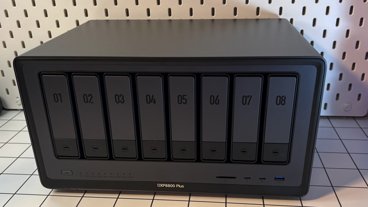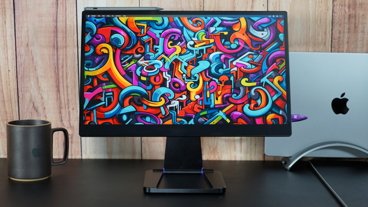HP, Microsoft to take on Apple's iPad and each other at CES [u]
According to a report by Fox News, HP will be showing off its new PalmPad at this year's CES, running a version of the webOS acquired from Palm last fall.
HP's PalmPad will reportedly be offered in a variety of configurations that are "collectively a spin-off of the never-released HP Slate," the report states. HP's Slate PC running Windows 7, shown last year in partnership with Microsoft, was actually released this fall, but only to business customers. It had a very limited production run believed to be less than 9,000 total units.
The report says HP's new hardware will "run on Sprint's fast 4G network, but otherwise it has hardware specs nearly identical to Apple’s iPad." It also states the new HP tablet will be thinner than the iPad, weigh less (1.25 lbs compared to the iPad at 1.5 or 1.6lbs), have a USB 3.0 port and front and rear facing cameras, both with LED flashes.
It's unclear from the report what the screen sizes of the three PalmPad units expected to be shown at CES will be, but a fourth model intended for universities is said to have an 8.9 inch screen and "any other specs specifically requested by the institution." The report speculates that the other versions will "probably" offer screens "nearly identical to the 9.7 inch LCD on the iPad."
HP takes on the tablet solo with Palm software
The report noted that HP's chief executive Todd Bradley earlier stated in the company's August conference call, "you'll see us with a Microsoft product out in the near future and a webOS-based product in early 2011." HP delivered its $799 Slate PC running Windows 7 in October, just months after Bradley's comments.
While it didn't sell well, it featured an 8.9 inch screen, weighed 1.5 lbs, and uses an Atom processor, a low power version of Intel's x86 CPU family. It is unlikely that HP would deliver a substantially different hardware design for the PalmPad just three months later, given that it took the company ten months to bring the Slate PC to market after first showing it at CES.
The images Fox printed of PalmPad depict it as being nearly identical to the existing Slate PC, making it hard to understand how it could be thinner than the iPad while also significantly lighter without having very little battery capacity. The graphic also refers to the "HP palmPad Dock," indicating HP will be using the Palm branding, but will stylize it in lower case, similar to how Palm branded its webOS.
On page 2 of 2: Microsoft takes on tablets without HP, and perhaps Intel, Atom and ARM, CES Showdown.
With HP, the largest PC maker, charting its own webOS tablet strategy independent of Microsoft and Dell, the second largest, pursuing Android-based solutions with its 7 inch Streak tablet device, Microsoft is rumored to be showing "a version of its Windows operating system" running on mobile devices using the ARM architecture, according to a report by Bloomberg.
The report, attributed to "people who asked not to be identified because Microsoft’s plans are confidential," said the move "would give Microsoft another way to attack the market for tablets and phones, where it’s lost ground to Apple Inc. and Google Inc."
The report says "new software will also work on Intel Corp. and Advanced Micro Devices Inc. processors — the chips that power current personal-computer versions of Windows," indicating that this "version of Windows" is not simply the Windows CE based operating system that Microsoft has long been using in its mobile devices including PlaysForSure media players, Windows Mobile phones, the Zune HD, the short-lived KIN, and the recent new crop of Windows Phone 7 offerings.
These devices already use ARM processors, and the Windows CE kernel has supported devices using ARM chips and x86 CPUs from Intel and AMD (and originally PowerPC processors) since the mid 90s. The only way Bloomberg's report could be accurate and newsworthy is if Microsoft were actually porting Windows 7 to ARM chips, which would be both a significant undertaking and an indication of a lack of confidence in Intel's mobile processor offerings in comparison to ARM chips, which currently offer better performance and efficiency but are not capable of running Windows 7.
Update: According to a parallel report by the Wall Street Journal, Microsoft "will discuss the software at the Consumer Electronics Show in early January, though it isn't expected to be available for two years."
Atom and ARM
Apple was rumored to be evaluating Intel's Atom processor family, originally known as Silverthone, in late 2007 for both tablet products and possibly new smartphone designs. Instead, Apple continued using ARM CPUs, eventually developing its own custom version branded the A4, which is used in both the iPad and iPhone 4. Apple later even redesigned Apple TV to use the A4 rather than the low power x86 chip the original versions had been using.
The HP Slate PC Microsoft demonstrated earlier this year at CES just weeks before Apple's iPad was unveiled ended up slow, thick and inefficient in large part because it used a standard Atom CPU rather than a smaller, more efficient ARM processor. However, HP had no choice because the desktop-oriented Windows 7 only runs on x86-compatible CPUs, while Microsoft's Windows CE based operating systems (running the Zune, KIN, and WP7) are not offered in a version capable of running a desirable tablet.
CPU portability
The last time Microsoft attempted to deliver a portable version of its desktop OS was in Windows NT 4, which ran on x86, PowerPC, MIPS and DEC Alpha CPUs and later added support for Intel's Itanium server processor. All non-Intel ports of Windows NT were abandoned in 2000, and today's Windows 7 only supports the PC standard x64 CPUs and Itanium servers, with no binary software compatibility between the two processor architectures nor any packaging system for distributing multiple-binary software.
Apple's Mac OS X is based upon NeXTSTEP, which like Windows NT 4 a decade after it, could also run on multiple CPU architectures. Apple similarly abandoned cross platform functionality as a feature of Mac OS X when it released the software as PowerPC only in 2001. However, Apple maintained a secret x86 port that it later used to rapidly transition its Mac lineup from PowerPC to Intel x86 processors in 2006. In 2007, Apple also released a mobile version of its operating system running on ARM CPUs, which it later branded iOS.
Apple achieves multiple binary support across platforms in Mac OS X by using Universal Binaries, which package code optimized for different CPUs in what appears to be a single file, making it easy to distribute software for both PowerPC and Intel chips, and both 32 and 64-bit versions of that code, without requiring users to obtain and install the specific version they need. Combined with other aspects of the OS, this provides Apple with tremendous flexibility in using whatever chips are best.
Microsoft's desktop Windows 7 operating system, and all software designed for the platform, is inherently tied to details of the x86 processor family, with even 32 and 64-bit versions requiring a different operating system version and bit-specific software. This has limited the company's tablet and netbook aspirations to hardware using Intel's relatively new Atom processor family, which is simply not competitive with existing ARM processors in efficiency and performance.
CES Showdown
In addition to HP's webOS PalmPad and Microsoft's latest Windows 7 tablet announcements, CES is also expected to preview Motorola's new tablet running Android 3.0 Honeycomb and RIM's PlayBook running a custom new OS proprietary to RIM, in addition to existing Android 2.x tablets such as Samsung's Galaxy Tab and Dell's Streak.
The variety of different iPad alternatives promises to fracture the competitive pressure facing the iPad, allowing Apple to focus attention on the established iOS App Store, its mature development frameworks and support for enterprise requirements, and its installed base of iOS and iPad users and developers.
Apple is also expected to refresh the iPad next spring as well, although it is known the company has no interest in attending CES. Two years ago, when Apple announced it was pulling out of Macworld Expo, it explained that it was "reaching more people in more ways than ever before, so like many companies, trade shows have become a very minor part of how Apple reaches its customers."
The company's press release noted, "the increasing popularity of Apple’s Retail Stores, which more than 3.5 million people visit every week, and the Apple.com website enable Apple to directly reach more than a hundred million customers around the world in innovative new ways.
"Apple has been steadily scaling back on trade shows in recent years, including NAB, Macworld New York, Macworld Tokyo and Apple Expo in Paris," the company added.
Apple hasn't attended general electronics conferences like CES in recent memory, preferring instead to set up its own events or issue press releases that appear aimed at overshadowing the event, as it did in 2007 with the iPhone. This year, Apple has announced it will be debuting the Mac App Store the day after Microsoft's Steve Ballmer opens CES with his keynote speech.
 Daniel Eran Dilger
Daniel Eran Dilger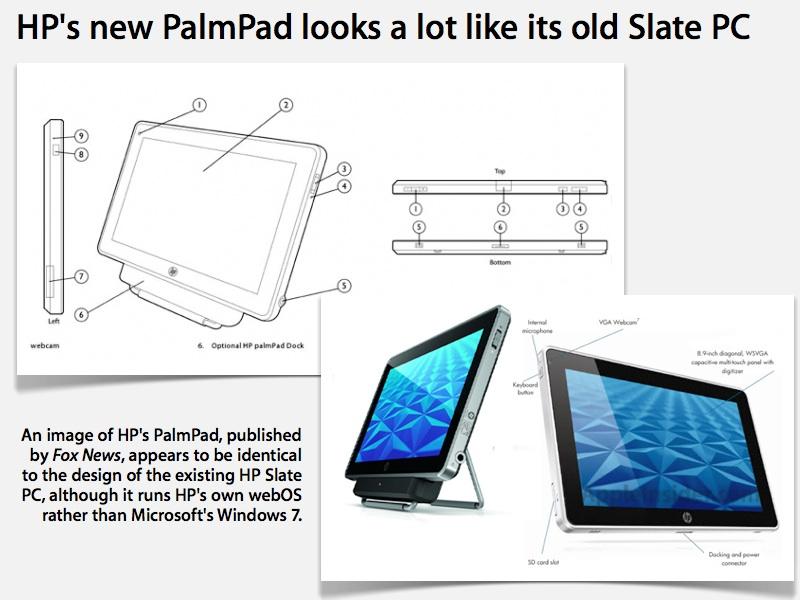

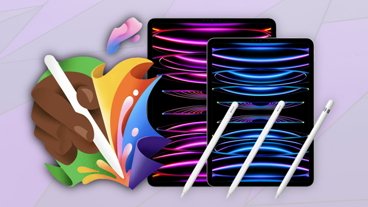


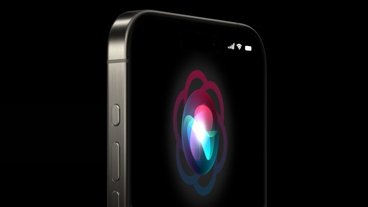
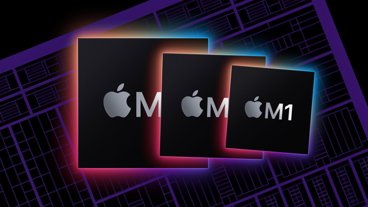
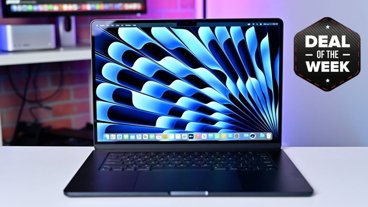
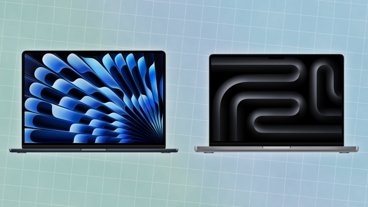
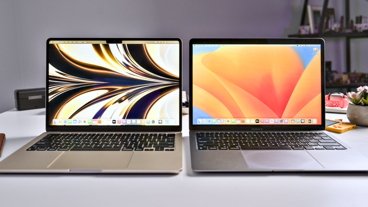
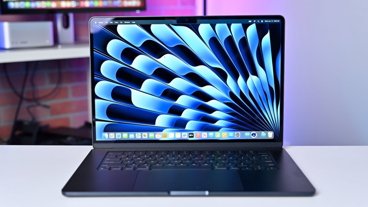

 Marko Zivkovic
Marko Zivkovic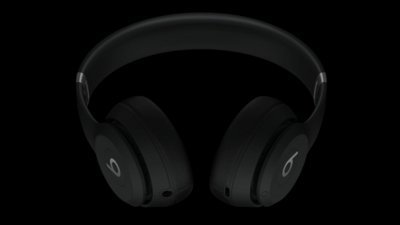
 Amber Neely
Amber Neely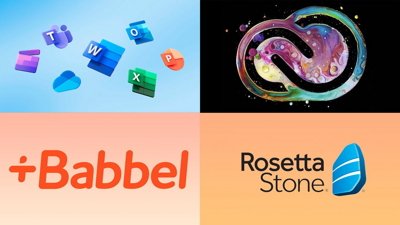
 Christine McKee
Christine McKee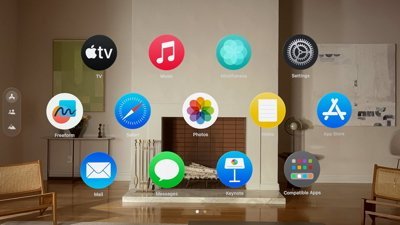
 Malcolm Owen
Malcolm Owen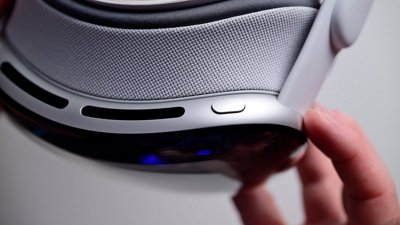
 Mike Wuerthele and Malcolm Owen
Mike Wuerthele and Malcolm Owen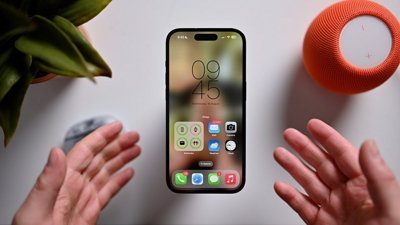
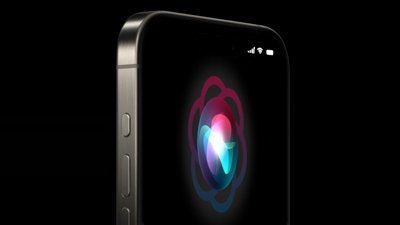
 William Gallagher
William Gallagher